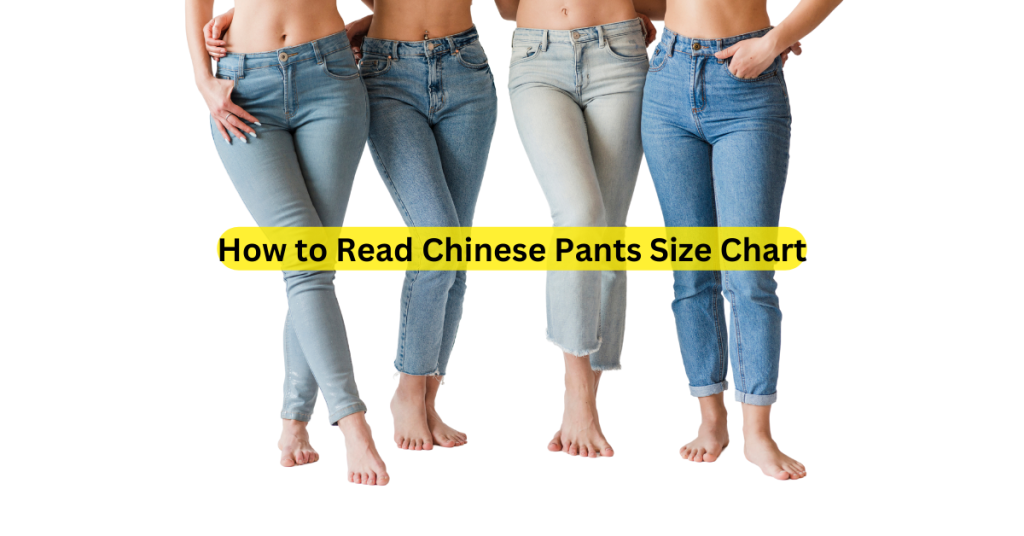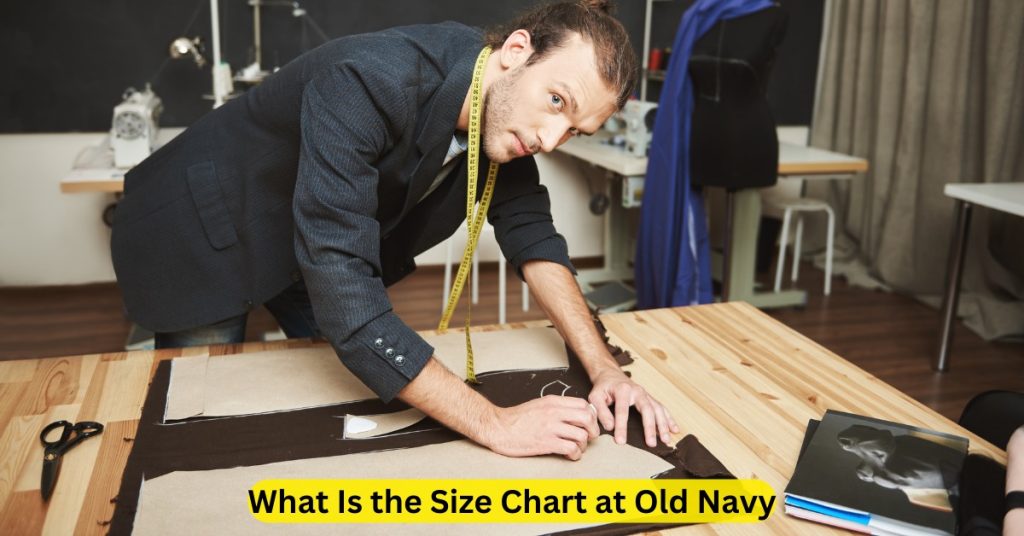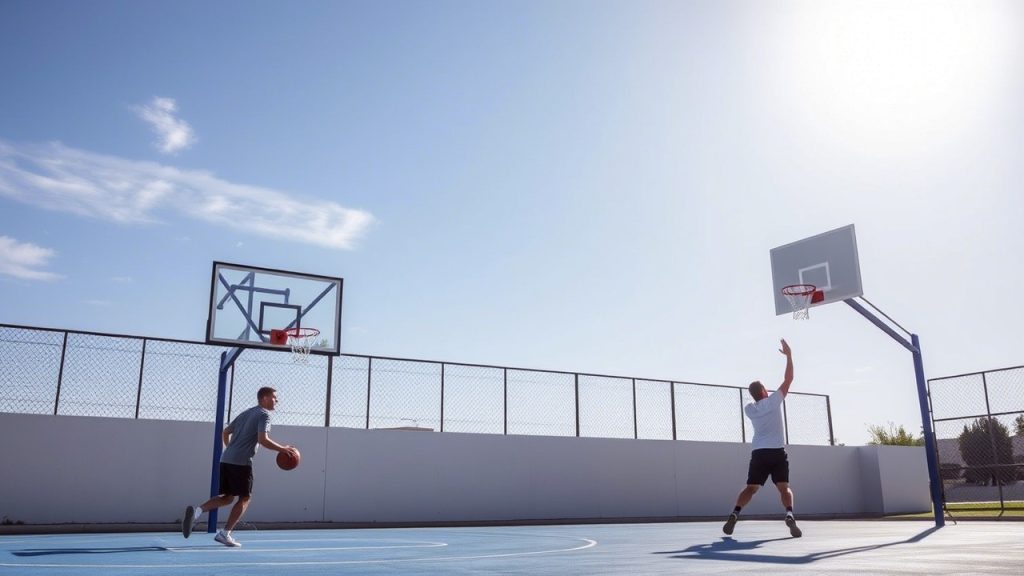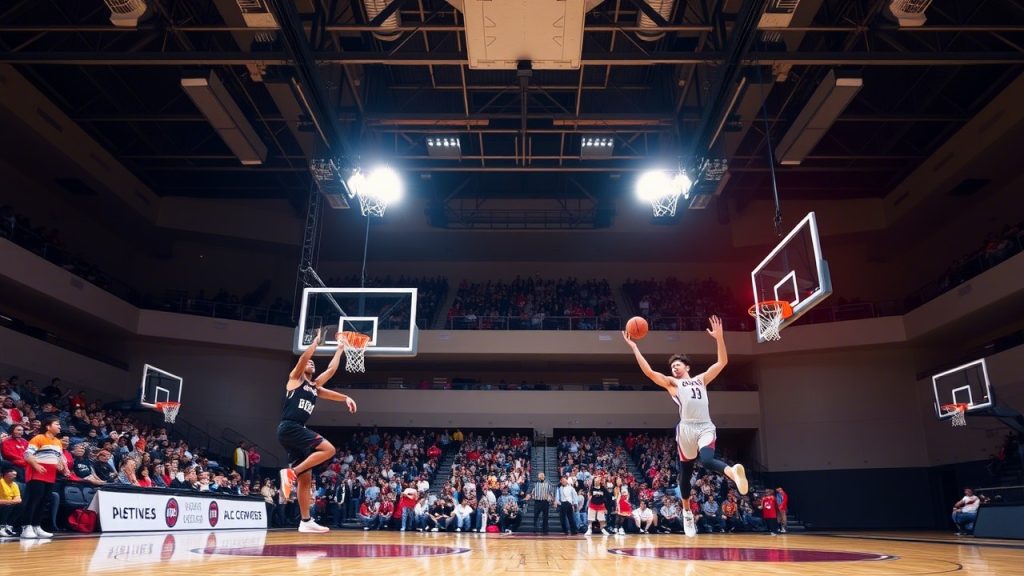23 Best Ski Boot Size Chart Ideas to Prevent Foot Fatigue
When it comes to skiing, there’s no denying the importance of comfort. One of the most crucial elements in ensuring comfort is choosing the right ski boots. Improperly fitted ski boots can lead to foot fatigue, discomfort, and even injuries, which will hinder your performance on the slopes. Whether you’re an amateur or an expert skier, the foundation of a great skiing experience begins with properly fitting ski boots.
If you’re experiencing foot fatigue while skiing, it could be because your ski boots aren’t giving you the proper support, flexibility, or stability. We’ll dive into 23 of the best ski boot size chart ideas designed to help you prevent foot fatigue while skiing. From sizing systems to boot fit features, these tips and insights will help you find the perfect fit and enhance your comfort on the slopes.
Why Foot Fatigue Happens in Ski Boots
Foot fatigue occurs when the muscles and joints of your feet and legs are overworked due to improper boot fit, poor support, or pressure points. Some of the common causes include:
- Too Tight or Too Loose Boots: If the boots are too tight, they restrict blood circulation, causing discomfort and fatigue. If they’re too loose, your feet move around inside the boots, causing your muscles to work harder to keep them stable.
- Lack of Arch Support: Without proper arch support, your feet will tire more quickly, as they aren’t receiving the necessary support during skiing.
- Poor Cushioning: Insufficient padding or liners can create pressure points and make skiing uncomfortable, leading to foot fatigue.
- Inappropriate Flex Rating: Boots that are either too stiff or too soft can lead to ineffective energy transfer and control, causing strain and tired feet.
Now that we understand why foot fatigue happens, let’s look at 23 ideas that can help you prevent it and ensure you have the best skiing experience possible.
1. Mondo Point Sizing System
The Mondo Point sizing system is the most widely used ski boot sizing system. It measures your foot in centimeters. To prevent foot fatigue, ensure that your boots match your foot length exactly. A boot that’s too small or too large will create pressure points, leading to discomfort and fatigue.
Mondo Point Size Chart:
| Mondo Point Size | Foot Length (cm) | U.S. Men’s Size | U.S. Women’s Size |
|---|---|---|---|
| 22.0 | 22.0 cm | 5 | 6 |
| 23.0 | 23.0 cm | 6 | 7 |
| 24.0 | 24.0 cm | 7 | 8 |
| 25.0 | 25.0 cm | 8 | 9 |
| 26.0 | 26.0 cm | 9 | 10 |
| 27.0 | 27.0 cm | 10 | 11 |
| 28.0 | 28.0 cm | 11 | 12 |
| 29.0 | 29.0 cm | 12 | 13 |
2. Proper Boot Width (Last)
Ski boots come in various widths to accommodate different foot shapes. A boot that is too narrow or too wide will cause your foot to shift inside the boot, leading to discomfort and foot fatigue. Make sure to select the boot width that corresponds to the shape of your foot.
Boot Width Chart:
| Boot Width | Foot Shape | Ideal For |
|---|---|---|
| Narrow (97-98mm) | Narrow feet | Ideal for skiers with slim feet |
| Medium (100mm) | Standard feet | Ideal for skiers with average feet |
| Wide (102-104mm) | Wide feet | Best for skiers with wide or flat feet |
3. Flex Rating and Foot Fatigue
Flex rating refers to the stiffness of the boot. If the flex is too stiff or too soft, it can lead to inefficient energy transfer, causing fatigue. A mid-range flex (70-100) is usually ideal for most skiers because it offers a balance between support and comfort, preventing unnecessary strain.
Flex Rating Chart:
| Flex Rating | Ideal Skiing Level | Skiing Style |
|---|---|---|
| 50-70 | Beginner to Intermediate | Soft and flexible |
| 70-100 | Intermediate to Advanced | Balanced support |
| 100-130 | Advanced to Expert | Stiff and responsive |
4. Boot Volume: A Key Consideration
Boot volume refers to the internal space in the boot and how much room your foot has inside. Choosing the right volume is essential for preventing foot fatigue. If a boot has too much room, your feet may shift inside and tire out more quickly. Too little room can create discomfort and pressure.
Ski Boot Volume Chart:
| Volume Type | Foot Shape | Ideal For |
|---|---|---|
| Low Volume | Narrow feet, low arches | Skiers with narrow feet |
| Medium Volume | Standard feet | Skiers with average feet |
| High Volume | Wide feet, high arches | Skiers with wide or high-arched feet |
5. Cushioning and Liner Quality
A boot’s liner plays a significant role in both comfort and stability. High-quality, well-padded liners help reduce pressure points, prevent chafing, and ensure proper insulation. If your ski boots have inadequate padding, foot fatigue will set in quickly. Opt for boots with heat-moldable liners for a custom fit.
6. Heel Hold and Foot Stability
Proper heel hold is essential for preventing foot fatigue. A boot with a firm, secure heel hold will keep your foot stable, which reduces the muscle strain and fatigue caused by unnecessary foot movement.
Look for boots with:
- Heel cups that hold the heel firmly.
- Adjustable heel locks to create a more secure fit.
7. Adjustable Buckles for a Snug Fit
Adjustable buckles allow you to fine-tune the fit of your ski boots. A snug fit that allows for some flexibility is essential for comfort and stability. Too tight a buckle will cut off circulation and cause fatigue, while too loose a buckle will create foot movement and discomfort.
8. Custom Footbeds for Maximum Comfort
Custom footbeds provide additional support and cushioning tailored to your foot’s shape. Custom insoles help distribute pressure evenly across the foot, reducing foot fatigue. If you’re prone to fatigue, consider investing in custom footbeds to optimize comfort.
9. Proper Cuff Alignment for Reduced Strain
Ski boots are designed with cuffs that can be adjusted to fit your leg shape. Proper cuff alignment ensures that your lower legs are in the correct posture, minimizing strain and fatigue on your feet and legs. An improperly aligned cuff can lead to poor balance and increased muscle fatigue.
10. Ski Boot Lacing System for Comfort
Modern ski boots feature lacing systems that secure the foot in place, enhancing stability. Whether you choose traditional laces, Velcro straps, or the Boa system, ensure the lacing is neither too tight nor too loose. A secure fit will reduce foot movement and keep fatigue at bay.
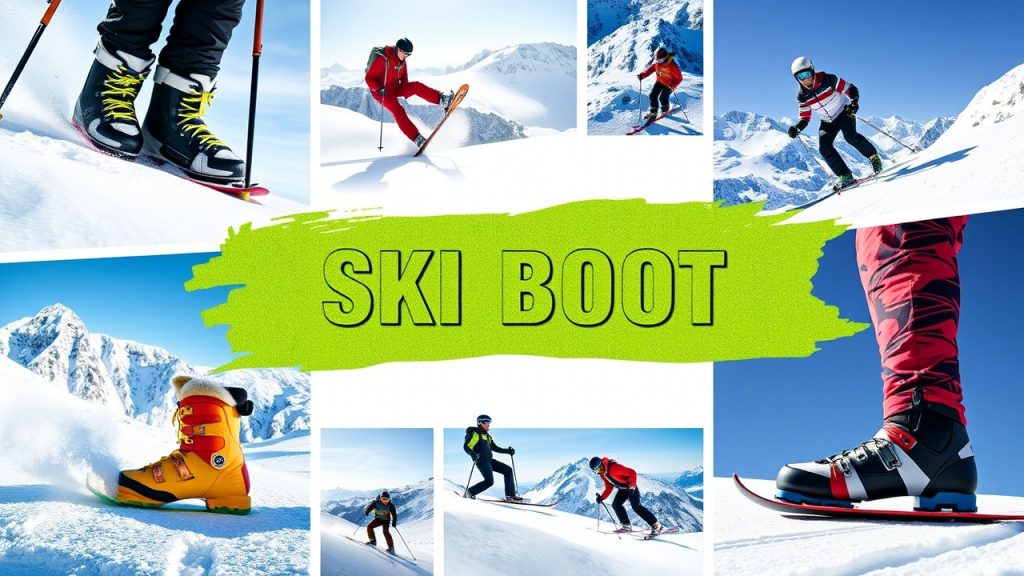
11. Heat-Moldable Liners for a Customized Fit
Heat-moldable liners take customization a step further. These liners conform to the shape of your feet when heated, providing a personalized fit that reduces discomfort and prevents foot fatigue.
12. Choosing the Right Ski Boot Sole
The sole of your ski boot is just as important as the fit. A stiff sole provides better control, while a softer sole may offer more comfort but less responsiveness. Consider the terrain you’ll be skiing on and choose a sole that balances both comfort and performance.
13. Stiffness vs. Comfort Balance
Too stiff or too soft a boot can lead to fatigue. A boot that is too stiff will be less forgiving, putting unnecessary strain on your legs. A boot that is too soft might compromise control, forcing your muscles to work harder. Look for a boot with a balance of comfort and support.
14. Ski Boot Cuff Flexibility for Comfort
A flexible cuff allows your ankle to move naturally while skiing, reducing foot fatigue. If the cuff is too stiff, your legs will become fatigued as they struggle to maintain position. Ensure that your cuff provides adequate flexibility without compromising control.
15. Ski Boot Insulation for Comfort
Keeping your feet warm and dry is crucial for preventing foot fatigue. Cold feet can reduce blood circulation, making your feet and legs tire more quickly. Look for boots with adequate insulation and moisture-wicking liners to keep your feet dry and warm.
16. Wide vs. Narrow Boots for Foot Shape
Selecting a ski boot that matches the width of your feet is essential. A boot that’s too narrow will create pressure points, while a boot that’s too wide will cause unnecessary foot movement. Ensure your boots match your foot’s shape for maximum comfort and reduced fatigue.
17. Footbed Adjustments for Better Fit
Many ski boots offer footbed adjustments that help distribute pressure more evenly. Customizing your footbed for better fit and support will significantly improve comfort and reduce fatigue.
18. Forward Lean Adjustments for Comfort
Forward lean refers to the angle of the boot cuff and its effect on your posture. By adjusting the forward lean, you can ensure that your legs are properly aligned, which can help reduce strain and prevent foot fatigue.
19. Comfortable Boot Shell Design
A well-designed boot shell provides a snug fit while minimizing unnecessary pressure on the foot. Look for boots with shells that offer a mix of comfort, durability, and stability to reduce foot fatigue.
20. Breathable Liners to Keep Feet Dry
Moisture buildup inside the boot can cause discomfort and lead to fatigue. Breathable liners help wick away moisture, keeping your feet dry and comfortable throughout the day.
21. Adjustable Strap Systems for a Tailored Fit
Some ski boots come with additional adjustable strap systems around the forefoot and calf. These allow for a more customized fit, ensuring that your boots stay snug without causing discomfort.
22. Boot Breakdown and Maintenance for Longevity
Ski boots break down over time due to wear and tear. If your boots lose their structure or padding, foot fatigue becomes inevitable. Regular maintenance, including cleaning, tightening straps, and checking the condition of the liners, will help maintain the boots’ integrity.
23. Consulting a Professional Boot Fitter
A professional boot fitter can help you find the perfect boot size and fit for your feet. A properly fitted ski boot will prevent foot fatigue and improve your skiing experience. If you’re unsure about the right boot for you, a professional fitter can provide valuable insights.
Frequently Asked Questions
1. How do I know if my ski boots are the right size?
Your ski boots should feel snug but not painfully tight. You should be able to wiggle your toes slightly, but your heel should stay firmly in place when you flex forward.
2. What is the difference between narrow, medium, and wide ski boots?
Narrow boots are designed for skiers with slim feet, while medium boots fit standard foot widths. Wide boots are ideal for skiers with wider feet or high arches.
3. How can I prevent foot fatigue while skiing?
To prevent foot fatigue, ensure your ski boots fit properly, offer adequate support, and have enough cushioning. You can also adjust the flex and forward lean to match your skiing style.
4. Are heat-moldable liners worth it?
Yes, heat-moldable liners offer a custom fit that can greatly improve comfort and reduce foot fatigue.
5. What is the best boot flex rating for comfort?
A flex rating of 70-100 is typically ideal for most skiers, offering a balance between comfort and control.
6. What should I do if my feet are cold in my ski boots?
Look for boots with adequate insulation and moisture-wicking liners to keep your feet warm and dry. Also, ensure your boots are properly fitted to prevent cold feet.
7. How do adjustable buckles help with foot fatigue?
Adjustable buckles allow you to tailor the fit of your ski boots, ensuring that they’re neither too tight nor too loose. This helps reduce foot movement and discomfort.
8. What’s the best way to adjust boot cuffs for comfort?
The boot cuff should allow some flexibility while providing stability. Proper cuff alignment ensures that your lower legs are positioned correctly to prevent strain.
9. Should I consult a boot fitter if I have persistent foot fatigue?
Yes, a professional boot fitter can help you find the perfect ski boot size and make adjustments to ensure maximum comfort and prevent foot fatigue.
Conclusion
Preventing foot fatigue while skiing starts with selecting the right ski boots. By considering the 23 best ski boot size chart ideas, you can ensure a comfortable, supportive fit that reduces discomfort, enhances stability, and boosts your skiing performance. Remember, a properly fitted ski boot will allow you to focus on the slopes, not your aching feet! Happy skiing!


